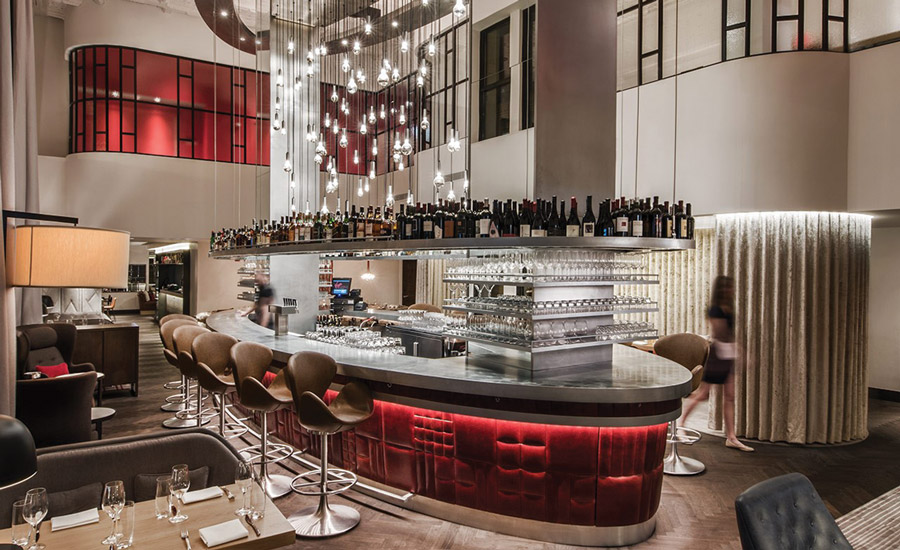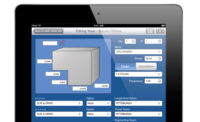The U.S. Green Building Council (USGBC) recently announced its Top 10 States for Leadership in Energy and Environmental Design (LEED) developments. The annual, per capita list highlights U.S. states that are making strides in sustainable building design, transformation, and construction.
“Green construction is quickly outpacing conventional construction in the U.S.,” said Rick Fedrizzi, CEO and founding chair of USGBC, in a news release. “LEED has become an essential tool for the transformation of building design and construction. By recognizing these states, we are celebrating the green building professionals; architects; and business, policy, and community leaders who work tirelessly to design and develop innovative solutions toward a healthier, more sustainable future. LEED construction helps drive economic growth, create jobs, and make communities greener.”
ILLINOIS REMAINS NO. 1
Now in its sixth year, the ranking examined the total institutional and commercial square footage of LEED-certified space per resident certified throughout 2015, based on U.S. Census data. Illinois retained its top national position for the third year in a row, with 161 LEED certifications representing 3.43 square feet of certified space per resident.
Alex Tompsidis, president of AT Mechanical LLC in Melrose Park, Illinois, said the state’s top rank is not surprising.
“We have long been a very refined design community of architects, engineers, design-build contractors, and non-design-build contractors who understand what is required to properly execute LEED work,” Tompsidis said. “The Chicago and Illinois design communities have always played a leading role in building construction over the last 150 years, not just in the U.S., but worldwide. We continue to do that with LEED.
“At the higher end of the market, developers want to bring LEED product to the marketplace because they feel that they can charge higher rent for this product versus non-LEED or ‘somewhat LEED-ish,’” he continued. “This is because their target market cares about sustainability, energy efficiency, lighter usage of utilities, innovation in design, and more that LEED delivers. Additionally, the savvier developers realize that these projects are easier to finance than non-LEED projects, and if they find a general contractor and a design team that can deliver a LEED product, even at a slightly higher cost, it’s still a win-win scenario for these reasons.”
Despite the fact that Illinois has topped the USGBC list for three years running, Tompsidis believes momentum for green building is starting to slow simply because there is a shortage of qualified workers necessary to fulfill such a great demand.
“There is still momentum in Chicago and Illinois, but less so than before,” he explained. “It’s a matter of supply and demand. The architects, engineers, design-build contractors, and general contractors who specialize in this sort of work are very busy satisfying the demand for LEED [and non-LEED] work. In addition, the bulk of the current work is multifamily residential and some office products, so it’s getting harder and more expensive to find folks who can carry out the work. There is a definite skill set required to perform LEED work, and not every contractor or architect engineer out there possess it. That being said, I believe there is a bit of stall or frustration in the sense that there is a feeling of, ‘what do we do next?’ or, ‘we’ve done what we can do.’ Also, some modelers, reviewers, and commissioning agents could use a little more training in their interpretations, as they often tie up projects with flat-out wrong interpretations. This creates a conflict that puts design-build contractors in a tough spot. This change can be corrected; there needs to be an effort amongst the design community to better share information and educate each other in order to make the implementation of LEED easier.”
Jack Baer, vice president of construction at Air Comfort in Broadview, Illinois, said LEED activity in the retrofit market seems to be tapering off.
“I saw more LEED activity a few years ago than I do now,” Baer said. “I don’t know if I can remember if we even entered into a conversation about LEED in any of the projects we’ve been involved with for the past year. I think that’s because initial cost is higher for a LEED building. There’s also the downtrend of oil that may factor into it to some extent, at least in the short term.”
BEST OF THE BEST
Following Illinois on the USGBC list is Maryland, Massachusetts, Washington, Colorado, Nevada, California, Texas, Virginia, and Utah. Illinois and Colorado are the only two states to crack the top 10 every year since 2010.
Utah is a newcomer to the list with 31 LEED-certified projects representing 1.63 square feet of certified space per resident. Additionally, after a three-year hiatus, Texas, Washington, and Nevada once again made the Top 10 list.
Maryland and Virginia reaffirmed their green building status with a strong showing on the list. Washington, District of Columbia, is not included in the list of top states because of its status as a federal territory; however, it continues to lead the nation with 19.3 square feet of certified LEED space per resident in 2015.
This year’s list has the highest average of LEED-certified space (2.47) per capita among the top 10 states since 2010, according to the USGBC. Collectively, 1,633 commercial and institutional projects became LEED-certified within the top 10 States for LEED in 2015, representing 274.9 million square feet of real estate. Worldwide, 4,837 projects were certified in 2015, representing 818.9 million square feet.
The USGBC calculates the list using per capita figures as a measure of the human element of green building. This also allows for fair comparisons among states with significant differences in population and number of buildings. For more information, visit www.usgbc.org.
Publication date: 3/21/2016
Want more HVAC industry news and information? Join The NEWS on Facebook, Twitter, and LinkedIn today!








